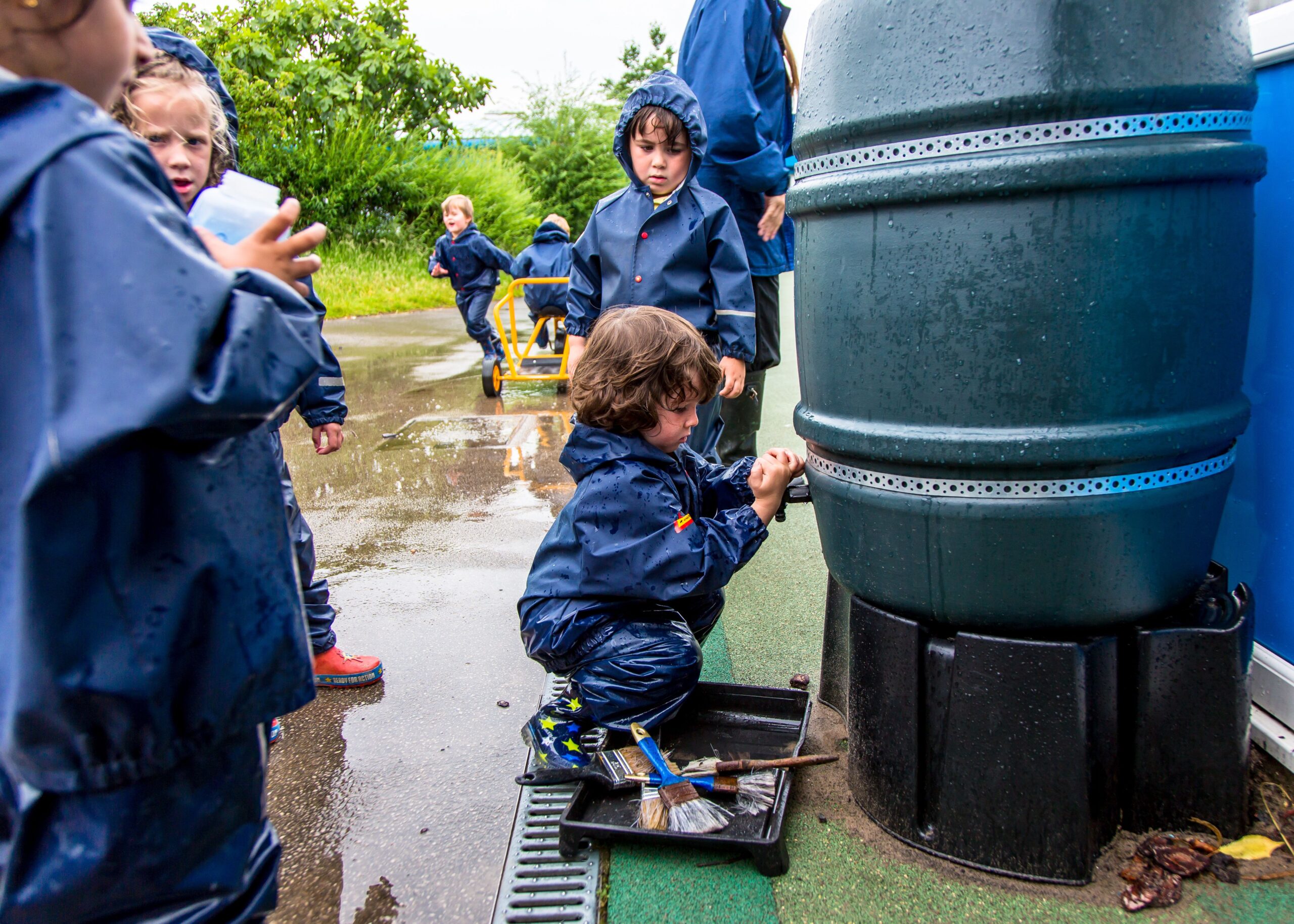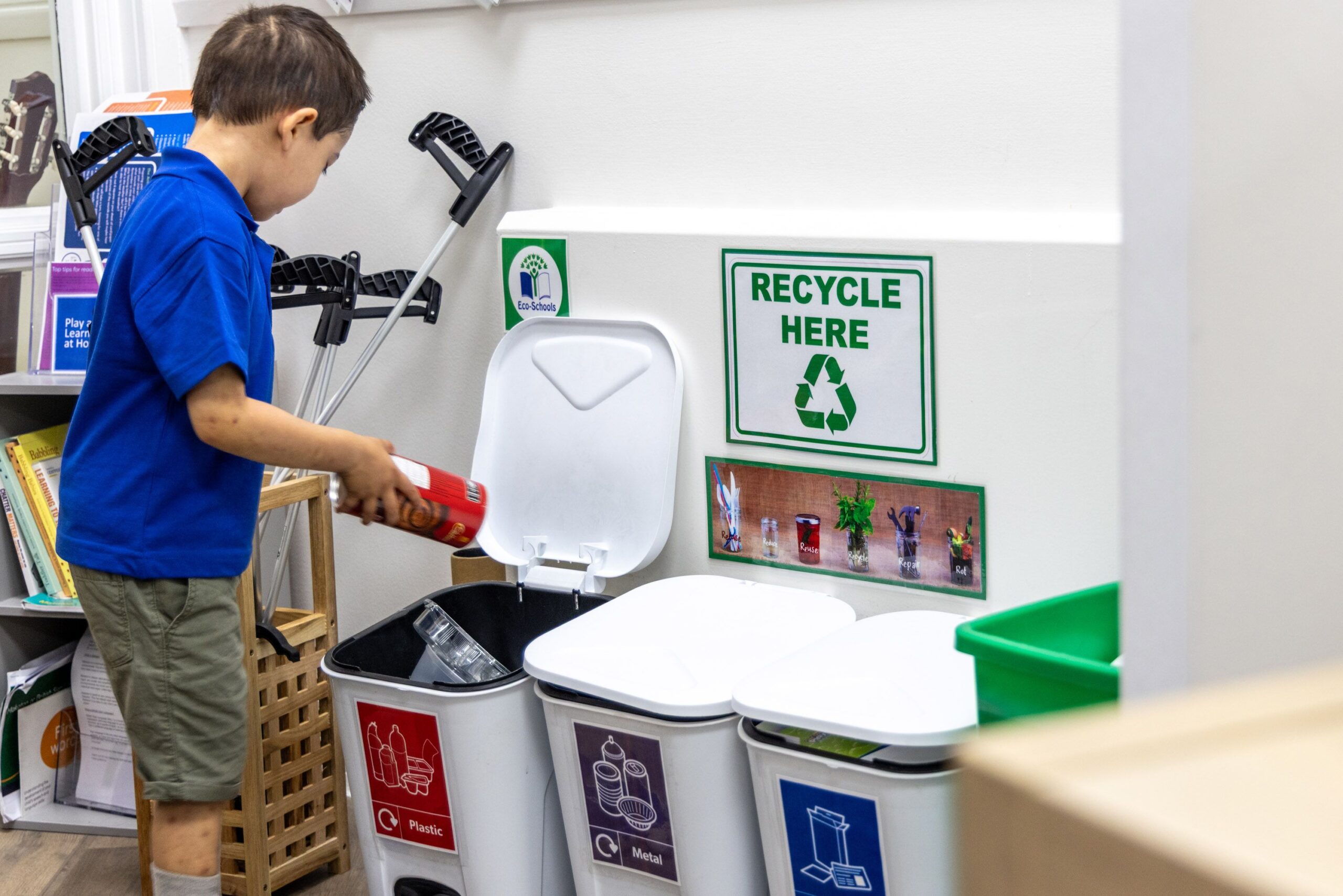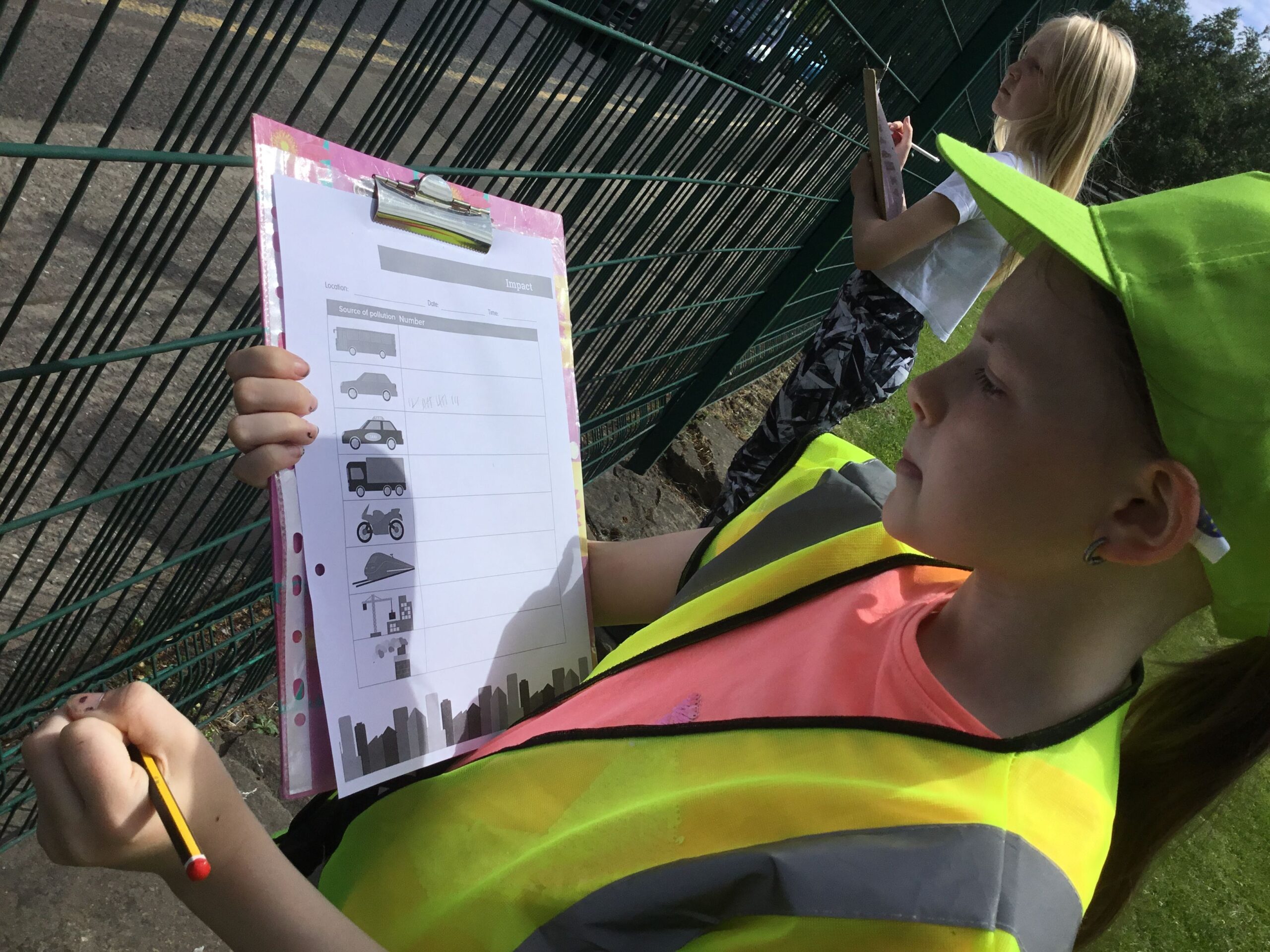Gathering your data
Count Your Carbon asks up to 42 questions to calculate your carbon footprint. The questions are organised into 4 sections and cover 11 operational areas. We recommend taking the time to gather as much data as possible before you begin your calculation via the online platform. Begin by reading the guidance on this page to understand what data you’ll need and where to find it. Then, download the Data Collection Sheet (compatible with Microsoft Excel), which contains the full list of questions along with space to record your responses. Use this spreadsheet to collect your data before beginning the online calculation.
FAQs
What if I can’t find the data?
The more data you provide, the more accurate your carbon footprint calculation will be. Therefore, we strongly recommend using real data wherever possible. If you can’t find particular data, however, don’t worry.
Most of the questions provide the option to ‘select an average’. This option uses data from over 2000 schools to estimate an answer, allowing you to complete your calculation.
Please note:
- The ‘select an average’ option is not available for questions which require a ‘yes’ or ‘no’ answer. In these cases, we recommend that you assume the answer is ‘no’.
- Using the ‘select an average’ option means that some areas of your footprint will be estimated. You should keep this in mind when reviewing your results.
- If you use over 8 averages throughout your calculation, you will be advised to gather more data before completing your calculation. You can choose to continue, however your footprint will be highly estimated.
Who should be involved?
Anyone with permission to collect and input data on behalf of the school – whether a Headteacher, Governor, invested parent, or volunteer, can complete Count Your Carbon. However, gathering the necessary information is a team effort.
You’ll likely need support from:
- The school Finance Manager (or equivalent)
- The school Site Manager (or equivalent)
- The school administrative team
- Your school’s Catering Manager or company
You will also need to carry out some surveys with both staff and students.
If you are a local authority-maintained setting, or part of a Multi-Academy Trust, some of this information may be held centrally. If you are struggling to get hold of any of the information internally, we would recommend getting in touch with your local authority or trust contact.
What time period should I gather my data for?
For consistency, we recommend gathering data for a full academic year (12 months). This ensures that your results capture seasonal variations (such as heating in winter and travel during the school year) and can be compared fairly with future assessments.
If this is your first time using Count Your Carbon, simply use the most recent 12 months of data you have available (for example, September 2024 – August 2025). What matters most is that you apply the same 12 month period each time you complete a calculation, so you can track changes and progress year on year.
If your records are only available in calendar years or financial years, you can use those instead, the key is to stay consistent and document which period you are using.
Section 1: Energy, Waste and Water

Fuel
You’ll need to tell us about any fuel used in school.
Fuel is typically used in schools for heating and cooking. It may also be used in science labs and to power generators. Your school may use more than one type of fuel. e.g. Natural gas for heating and cooking, Diesel in generators, LPG in science labs. This section doesn’t cover fuel used for vehicles.
Begin by reviewing your school’s annual mains gas bill which should be obtainable via your Finance Manager. This will outline how much natural gas your school uses. You should also check-in with your Site Manager to find out about any other fuel types that are used and in what quantities.

Electricity
You’ll need to tell us about your electricity usage, if it’s renewable, and whether you generate any electricity on site.
Review your school’s annual electricity bill which should be obtainable via your Finance Manager. This will provide your mains supply electricity usage and indicate whether your tariff is 100% renewable. You should also speak to your Site Manager to find out about any on-site renewable energy sources (such as solar panels or wind turbines), and how much energy they generate.

Water
You’ll need to tell us about your water usage.
Review your school’s annual water bill which should be obtainable via your Finance Manager.

Waste
You’ll need to tell us about how much waste you produce, how often it’s collected, and whether you do any composting.
Your Site Manager might have this information, or it might appear on a bill from your waste disposal company which you could obtain via your Finance Manager.
Section 2: Transport

School vehicles
You’ll need to tell us about any vehicles your setting owns or leases long-term.
Your Finance Manager should be able to give you this information along with the amount spent on fuel for vehicles. Vehicle mileage can be found in vehicle logbooks or MOT records.

School trips
You’ll need to tell us about any international or UK trips you’ve taken pupils on.
Begin by speaking to your school’s administrative team to find out if a trip log is kept. If not, you could consult financial records, or if your school is small enough, it may be easier to speak to each teacher and note down the trips they’ve taken pupils on.

Staff and student commuting
You’ll need to tell us about how staff and pupils get to school, and how far they travel.
To gather this data, you’ll need to survey at least 20% of pupils and staff to find out how they travel to school and the approximate distance they travel. There’s guidance on this included in the Data Collection Sheet.
Section 3: Food
Food
You’ll need to tell us about the hot food you serve in school.
Begin by speaking to your school Catering Manager or equivalent, to see if they can obtain this information for you. If not, your Finance Manager may be able to access a catering bill that will help you to find this information. You could also conduct a survey in your school canteen.

Section 4: Purchasing and Uniform

Purchasing
You’ll need to tell us about the purchases you’ve made over the last year.
Speak to your Finance Manager to obtain this information. The categories we provide may not directly correspond to how your school structures its spending. We recommend reviewing your annual accounts and estimating expenditure for each category using the guidance provided in the Data Collection Sheet.

Uniform
You’ll need to tell us about your school uniform, and whether any of it is reused.
These figures can be approximate. To obtain this information, you could send a survey out to families to find out if their child wears second-hand uniform. To obtain a usable figure, you’d need to receive responses from a minimum of 20% of the school population. If your setting has a uniform bank, you could try speaking with whoever runs that, as they may keep a record.
Uniform emissions are excluded from your total footprint figure as they fall out of scope under the GHG protocol. You will still be provided with a emissions figure for uniform in your report.
Why not get your students involved?
New for this academic year, we’ve collaborated with Eco-Schools to produce a resource which allows you to get your students involved in gathering data for your calculation. This hands-on activity gets students involved in collecting data to help calculate your school’s carbon footprint using Count Your Carbon. They’ll meet with staff, run surveys, and learn about how school activities can create carbon emissions. A staff member will need to collect some additional data, and then you’ll be able to sit down with your students and complete your calculation. If you like this resource, check-out Eco-Schools for more!
